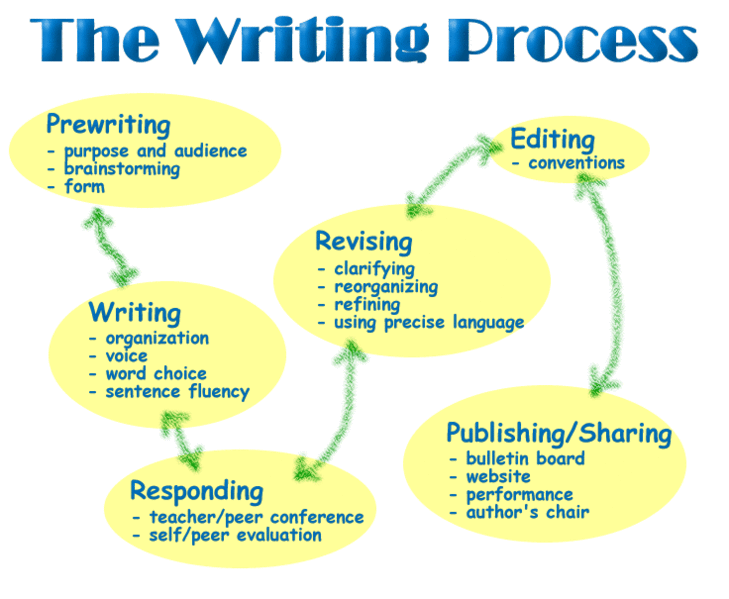Literacy, or the ability to read and write, is one of the greatest gifts
you can give a person. Though the skills are many and take time and
practice to master, they will open up countless opportunities across a
lifetime. These opportunities can then improve the lives of the next
generation, greatly impacting and improving communities. Reading and
writing also brings joy to many people. If you would like to encourage
literacy skills in the lives of people around you, here are some helpful
ideas.
Focus on the simplest skills. When teaching literacy to children and pre-teens, it is important to focus on building the simplest skills first. Emphasize the fundamental building blocks discussed above, as having a thorough understanding of these concepts and skills will give your students a solid foundation on which to build future reading and writing skills.
- For elementary age children, literacy skills will place a stronger emphasis on things like spelling, whereas literacy education for pre-teens will spend more time with grammar.
Introduce the types of writing. There are many different types of writing which your students will need to learn about. Knowing how to recognize and reproduce different styles for different contexts will be very important later on in life.
- Teach your students to recognize narrative writing. This is writing which conveys a story and is the form most often read for pleasure. It is commonly used as an exercise to increase literacy skills. Examples of narrative writing include novels, biographies, history, and newspaper articles. It is easily recognized by the format: “This happened, and then this happened, and then this happened.” and so on.
- Teach your students to recognize persuasive writing. This is writing which lays out a logical argument. Examples of persuasive writing can be seen in job applications, editorials, and academic papers.
- Teach your students to recognize expository writing. This is writing which explains, informs or describes something. What you are reading now is an excellent example of expository writing. Newspaper articles can also fall into this category, along with encyclopedias and reports.
Teach the elements of storytelling. Children in this age-group will need to learn the basic elements of storytelling. This will give them the tools they need later in life in order to analyze the things they read.
- Elements of storytelling include beginning, middle and end, crisis or climax, and character. These are most easily taught to children when done in tandem with reading a book aloud over the course of a few weeks. This gives you the opportunity to discuss and analyze the text, so that they can see how these ideas work in practice. Solidify these skills by having them write stories of their own.
Introduce the Five Paragraph Essay. The Five Paragraph Essay includes an introduction, three body paragraphs (usually argumentative in some way), and a conclusion. This common form of writing will be used throughout their lives and should be introduced as early as possible.
- Introductory assignments could include a review of their favorite toy or game, a persuasive essay about why they should be allowed to eat more candy, or a biography of their favorite family member.
Teach the use of voice. Voice refers to who is “speaking” in a text. Voice can be but should generally not be mixed within a text. Being able to identify and manipulate voice will be important for your students to learn, as this will help them analyze the things they read.
- Common voices include first person (heavy use of “I/me”), second person (heavy use of “you”), and third person (heavy use of names and “they”). Tense can also be applied to each of these voices, modifying how it sounds and reads.
- First person example (past tense): “I went for a walk today. My dog, Spike, came with me. Spike likes to go on walks with me.”
- Second person example: “You went for a walk today. Your dog, Spike, came with you. Spike likes to go on walks with you.”
- Third person example: “Sarah went for a walk today. Her dog, Spike, went with her. Spike likes to go on walks with her.”
Avoid setting limits. Especially with elementary age children, try to leave as many doors open as possible within their exercises and assignments. Children at this age are very creative (a trait which will be very helpful later in life) and it is better for them if this creativity is not discouraged or downplayed.
- Children will also learn better by being forced to think for themselves, so giving them opportunities to do that (by leaving assignments and exercises open-ended) will help them significantly.
Keep it as fun as possible. Make learning fun. Children will be distracted easily if they find their work too boring or non-engaging. In fusing learning and play, you will ensure that your students are engaged and absorbing information.
- For example, with middle-school age children you can have them create a game and then write rules for the game. This will be fun but it will also force them to think about writing specific language which is also easy to follow.
- For elementary children, let them write, edit and illustrate their own books. This will work on developing their understanding of story and character, while simultaneously improving their ability to form correct sentences with proper spelling.
Teach pre- and post-writing process skills. It will be important for children to learn that there is more to writing that just putting words on a page. Teaching pre- and post-writing skills will teach children to analyze writing, as well as working to build their language skills.
- Outlines are an example of a pre-writing skill. Outlining what they intend to write will help learners work through logical processes. It will also teach them to think of elements of writing (different paragraphs or subtopics) as a unified whole, rather than pieces simply placed next to each other.
- Editing is an example of a post-writing skill. Editing their own work, as well as the work of others, will build language skills. This will make your students more competent writers, as well as increasing their confidence in their writing. If they know how to look for mistakes and correct them, they will be less restrained by fear of failure.














ليست هناك تعليقات:
إرسال تعليق